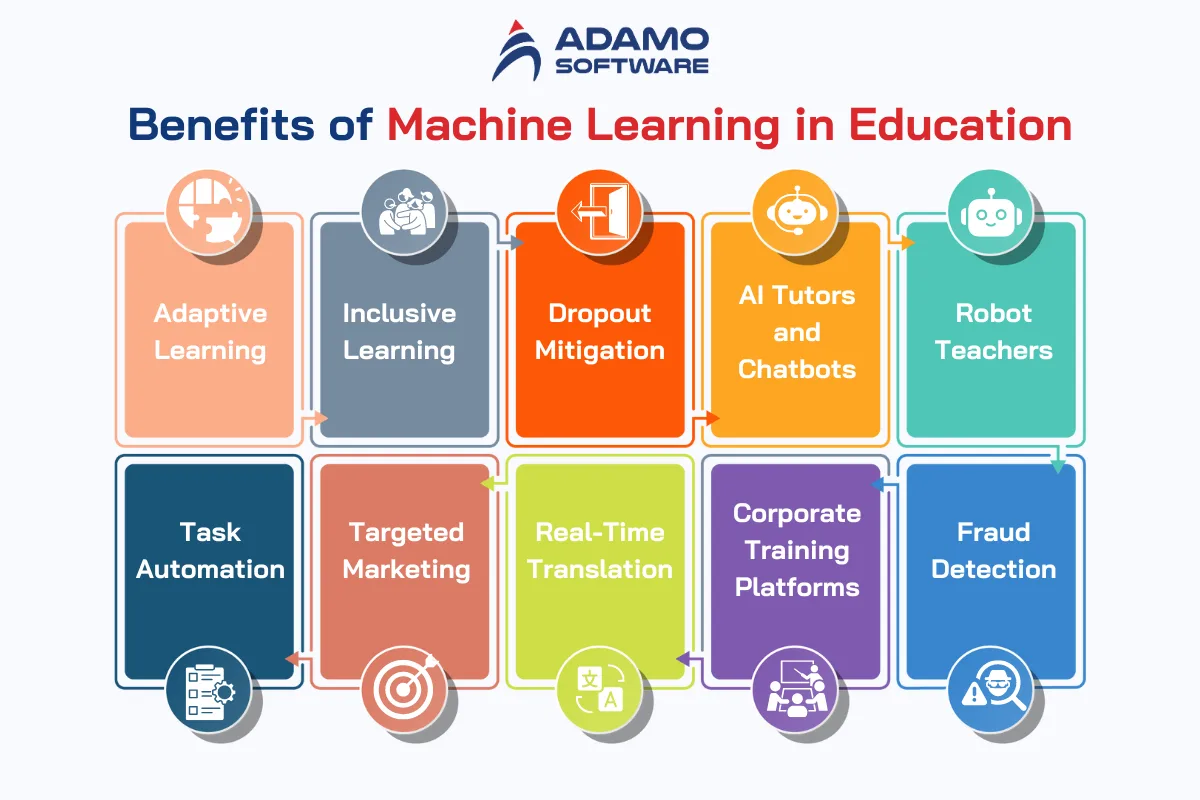The Only Guide for Bioinformatics Tutor
Table of ContentsThe Ultimate Guide To Bioinformatics TutorThe 6-Minute Rule for Bioinformatics TutorWhat Does Bioinformatics Tutor Mean?Some Of Bioinformatics TutorFacts About Bioinformatics Tutor Revealed
Of the total amount individuals included in the training, 80% were students from public greater education institutions, while the continuing to be 20% originated from personal organizations. To get a certificate of participation, pupils were needed to go to a minimum of 90% of the total training hours. As an outcome of this need, an impressive 95% of the individuals effectively obtained their certificates, having not only met the minimum presence criteria however also finished all designated activities throughout the training.
Throughout the height of the COVID-19 pandemic, especially between June and August 2020, the job group was entrusted with arranging specialized training in bioinformatics. This training was particularly intended at pupils from the research group Core for Research in Applied Computing at the Federal College of Pará (UFRA) The adaptation to remote discovering platforms due to the pandemic produced a possibility to explore brand-new mentor techniques and digital tools that improved both reach and efficiency.
This course was made to provide an accessible yet thorough summary of Artificial Knowledge strategies, particularly as used in bioinformatics (Bioinformatics Tutor). This online layout allowed participation from pupils across Brazil, numerous of whom might not have had the possibility to participate in in-person sessions.
Bioinformatics Tutor - An Overview
Around 50% of the overall training hours were devoted to sensible activities where trainees developed intelligent designs and applications in a variety of scientific domain names, consisting of genes, molecular biology, and environmental data evaluation. These systems made it possible for pupils to involve in real-time data control, model training, and algorithm experimentation.
The course attracted 80 individuals in total. Sixty of them were affiliated with various greater education and learning organizations in the state of Pará, while the continuing to be twenty came from establishments situated in 5 other Brazilian states. This wide geographical depiction highlighted the nationwide rate of interest in bioinformatics and the growing need for specialized skills around. By introducing Artificial Intelligence in a practical and pertinent context, the initiative offered to connect the gap in between theory and real-world application, offering students with a strong foundation for future research study or work in the field.
The training initiative formed component of a broader scholastic outreach effort referred to as the Bioinformatics on the Roadway job. This task has, throughout the years, presented lots of students to the globe of bioinformatics and computational biology. The events held under this umbrella effort have actually happened across multiple regions and years, as summed up in Table 1 (List of occasions, areas, years, and total varieties of students and trainers)
Several of these teams, originally brought with each other by their participation in training events, have since gone on to create independent clinical research study in partnership with regional academic organizations. The training not just promoted scientific reasoning within the context of bioinformatics however likewise stimulated collaborative relationships that prolonged beyond the training atmosphere.
Some Ideas on Bioinformatics Tutor You Should Know
The project itself was conceived and arranged by MB and RR, who oversaw the preparation and application of each step. Lectures were supplied by a multidisciplinary group being composed of MB, FA, EF, KP, JS, DM, SN, LP, LG, AIR CONDITIONER, rr, and ih. The exact same team, leaving out IH and RR, also served as tutors for the sensible training modules. Financing for the project was given with the give 88887.200562/ 2018-00 from CAPES. The authors expand their gratefulness to everyone who added to the awareness of this project, whether straight or indirectly, because its inception.
The Federal University of Pará's Workplace of Research (PROPESP/UFPA) also supplied financial backing, specifically for the manufacturing of the final manuscript. The authors state no monetary or business problems of interest that might have influenced the research. All analyses and viewpoints shared in this write-up are exclusively those of the writers and do over at this website not always mirror news those of their corresponding organizations, the author, editors, or customers included in the magazine process.

The smart Trick of Bioinformatics Tutor That Nobody is Talking About
From a pedagogical point of view, the mentor method used in the training was intentionally interactive. Courses were carried out in a manner that urged pupil involvement and conversation, going beyond memorizing memorization to check out exactly how ideas are developed, used in every day life, and evaluated in academic setups. The training approach focused on supporting both solid and struggling pupils, supplying individualized support, and structure confidence through continual mentorship and persistence.

Each group, being composed of about 36 participants, was supported by 3 mentors-- the majority of whom were postdoctoral scientists with specific experience. These advisors not only aided design the team jobs but additionally facilitated their implementation, making certain that each study question was both appropriately tough and appropriate. The goal was to supply a biologically practical context that individuals could explore via open-ended purposes and access to curated datasets.
For additional understandings into the technique and results of this project-based learning technique, visitors are directed to S1 Text, which consists of comprehensive summaries of the pedagogical framework, evaluation approaches, and project motifs used in the training sessions.
Bioinformatics Tutor Fundamentals Explained
Of the total visit this website participants included in the training, 80% were pupils from public higher education establishments, while the continuing to be 20% came from private institutions. To qualify for a certificate of engagement, students were required to go to at least 90% of the overall training hours. Significantly, past the pupils that enrolled in the training sessions, seven skilled trainers took part in supplying the training courses, while 3 committed study teachers collaborated the general training procedure. Approximately 50% of the total training hours were dedicated to practical tasks where students developed intelligent designs and applications in a range of scientific domain names, consisting of genetics, molecular biology, and environmental data evaluation. The training not just cultivated clinical thinking within the context of bioinformatics but also triggered collaborative relationships that extended past the training setting.